I’m bored, so I felt like writing something, and today is the perfect day to do something I’ve been thinking about for a while.
Welcome to IWS (Italian War Stories), a series where I’ll talk about various Italian war stories, mainly WW2. I’m sure a community that lives on bread and WW2 will appreciate it. But today we’ll start with a WW1 anniversary.
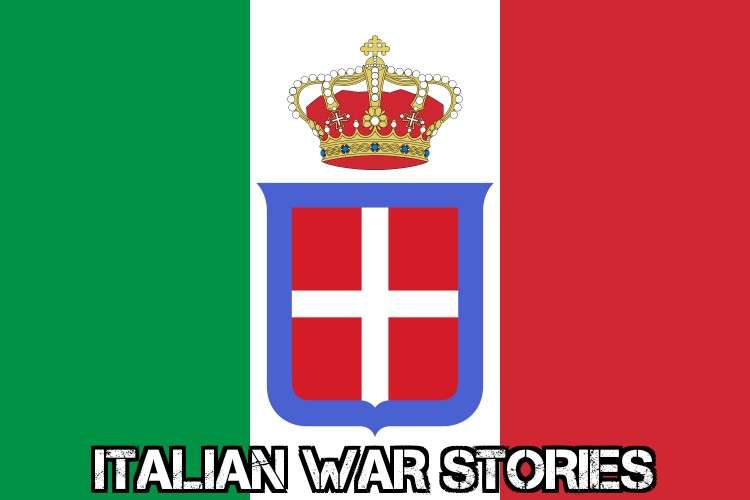
Alessandro Tandura, born in SERRAVALLE di VITTORIO VENETO on September 17, 1893, was a Lieutenant in the Arditi (Arditi) and the first military paratrooper in the world to see action.
His story as a soldier didn’t begin very early, but at the age of 21, when he decided to take up the “profession of arms” and enlisted as a volunteer on September 14, 1914, evidently aware of what lay ahead, given that the Great War had already been raging on the Western Front for a month and a half. He immediately proved himself to be an excellent soldier, earning the rank of Graduate and Corporal within four months.
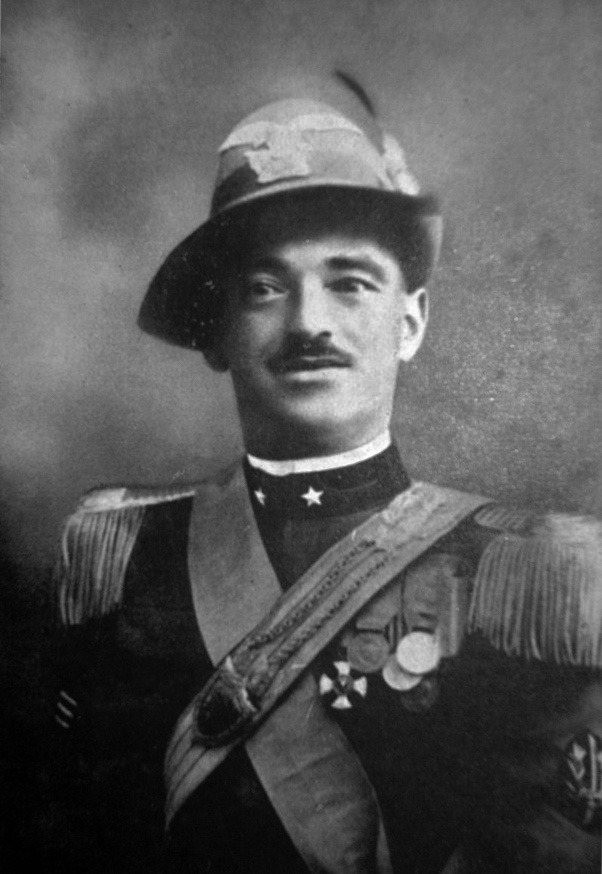
The Beginning of the Great War
The outbreak of hostilities on the Italian front saw him on the front lines in the ranks of the 10th “Re” Infantry Regiment, on the CARSO plateau, where he suffered a serious wound to the forearm that kept him away from the trenches for almost a year, until May 1916.
Evidently, his health was not at all good, as in the following months he was twice removed from the war zone and transferred to depots, or rear lines, not without having been promoted to Sergeant in the meantime.
Alessandro Tandura, however, belongs to that rare breed of individuals, dedicated to action, who consider being sent to a safe haven like a warehouse far from the front lines a humiliating demotion. Thus, in January 1917, he asked and was granted leave to return to the front, where he arrived with the 220th “Sile” Infantry Regiment and where he once again distinguished himself, to the point of being chosen to attend the training course for aspiring infantry officers.
Appointed a Reserve Lieutenant in October 1917, after a month at the front, he fell seriously ill and was hospitalized until December, assigned a six-month convalescence. (It’s worth noting that he must have been truly debilitated to deserve such a prognosis, at a time when military doctors did everything they could to send the wounded and sick back to the trenches as quickly as possible, and infirmity was viewed with great suspicion by military tribunals.)
His character, once again, proved true, and he forwent his convalescence, without merely asking to return to the front lines. He was transferred to the new and already legendary Arditi Corps and, with the 20th Assault Unit, participated in all the actions in the LOWER PIAVE sector, including the elimination of the CAPOSILE BRIDGEHEAD.
After months of strenuous fighting, once again, much to his dissatisfaction, in January 1918 he was assigned to the Depot of the 153rd “Novara” Infantry Regiment. A few months later, he received the promotion to Lieutenant, and during the summer, in August 1918, he was assigned to the Intelligence Office at the Army Command.
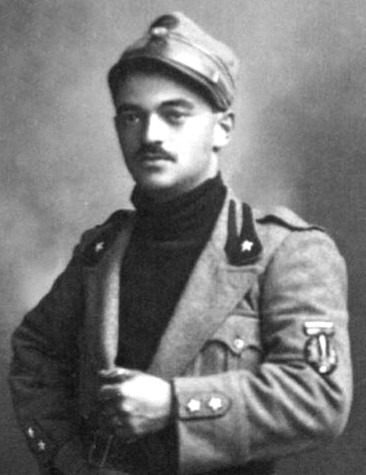
A secret mission
Just when it seemed his experience as a front-line soldier was finally over, he had a sensational opportunity to return to action: the Commander of the Intelligence Office, Lieutenant Colonel Dupont, summoned him and asked him bluntly if he would volunteer for a secret mission beyond the Piave River, into enemy territory, to gather intelligence.
Alessandro Tandura accepted, unaware that he was about to go down in history.
After considering alternative options, such as crossing enemy lines disguised as an Austrian soldier or being transported by plane, it was decided that he would reach the left bank of the Piave River by parachuting from a plane in the SARMEDE area, a few kilometers from his home. From there, he would reach COL VISENTIN, where he would establish his base of operations and, blending in with the local population, begin his extremely dangerous espionage mission (if he were to be captured and identified as a spy, his fate would be to be shot).
Tandura doesn’t hide a certain apprehension, and rightly so: at the time, parachutes were anything but commonplace; even aviators had just begun using them, given that some in the High Command believed they could negatively impact their combativeness and boldness. Indeed, the Italian Army had none at all: the few available had been purchased by the British, and no trials or training launches were planned, despite Tandura’s express request, because once opened, a parachute could no longer be used.
The launch was scheduled for August 8, 1918, and would take place from a two-seater Savoia Pomilio bomber, piloted for the occasion by a Canadian ace, Major Barker, with another famous officer as navigator, Captain Wedgwood, who would become a member of the British Parliament after the war. Once the launch has been carried out, the plane will continue its flight, bombing some targets, thus concealing the real purpose of the mission.
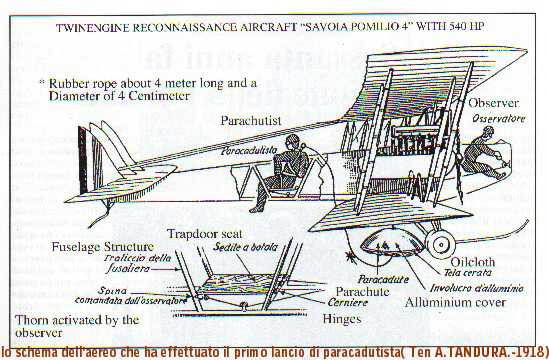
The Launch and the Flight
That night, a storm raged, throwing the crew off course. Tandura—sitting in an uncomfortable fold-down seat with his back to the crew, with a rope tied to his back connecting him to the parachute, located in a compartment under the fuselage—could do nothing but wait for the pilot to pull a lever, opening a trapdoor through which he would fall into the void. Only then could he determine if the parachute would work.
As they approached what they believed to be the drop zone—in reality, they had deviated significantly and were flying over the HILLS at SAN MARTINO di COLLE UMBERTO—Major Barker reached the predetermined altitude of 1,500 meters and pulled the lever, sending Tandura plummeting into the darkness.
The emotions must have been endless, as he himself would later recount: “My ears are torn by a hissing that ravages my brain. The nightmare of horrible dreams! But immediately I have the feeling of being lifted, of rising again. I look up and see the parachute open. The rain lashes my face. I dare look down and see roads and fields tumbling in a hellish swing. I am lost, I lose consciousness… It’s an instant: suddenly, struck hard in the chest, I find myself on the ground, with my legs in the air. Thrown into the void from about 1,500 meters above sea level, I had fallen into a vineyard, while the storm was raging.”
The long and dangerous months as a spy
Once he landed, he hurried to reach the VITTORIESE and began his mission. From that moment on, he would spend three months at great risk and experiencing a thousand adventures: he would gather information on the composition of enemy units in the area and gather several groups of disbanded Italian soldiers with whom he would carry out sabotage operations. He was captured twice by the Austrians and managed to escape on both occasions, the second time even by jumping from a moving train.
In his sabotage and intelligence-gathering efforts, he was assisted by his sister Emma Maddalena Tandura and his future wife Emma Petterle, whose support proved so effective that they were both awarded the Silver Medal of Military Valor.
With the liberation of the left bank of the Piave River and the Italian victory, Tandura was able to return to the Command and present himself to Lieutenant Colonel Dupont, who immediately nominated him for the Gold Medal for Military Valor, which he was rightly awarded and which would crown an incredible medal collection, consisting of 5 War Merit Crosses, 3 Bronze Medals, 4 Silver Medals for Military Valor, a Gold Medal for Civic Valor and a Belgian Croix de Guerre 14-18.
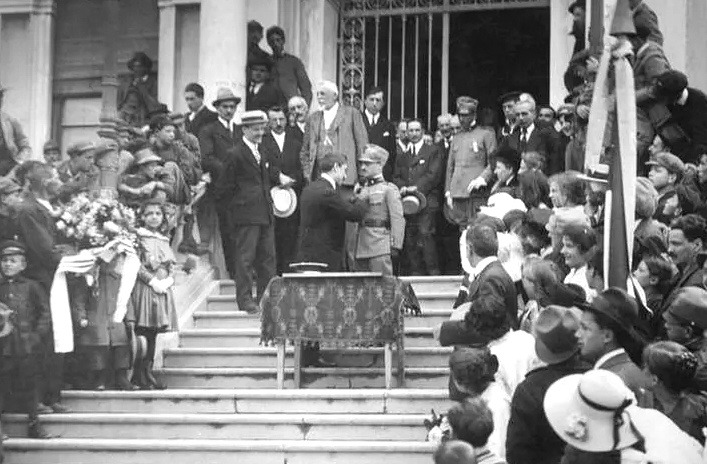
Alessandro Tandura after the Great War
After the Great War, Alessandro Tandura’s life as a soldier continued in SOMALIA and ERITREA, where he settled permanently at the end of the colonial wars and where he died in 1937, but not before recounting his adventures in two compelling and self-deprecating autobiographical works, “Three Months of Espionage Beyond the Piave” and “Two Centimeters Taller than the King.” Fate prevented him from participating in the Second World War, as he certainly would have done, but it did not prevent the Tandura family from donating more blood and heroism to their country, as Alessandro Tandura and Emma Petterle’s only son, Luigino Tandura, a partisan in the Osoppo Brigade, fell in combat on June 28, 1944 and was also awarded the Gold Medal of Military Valor posthumously.
Alessandro Tandura and Emma Petterle
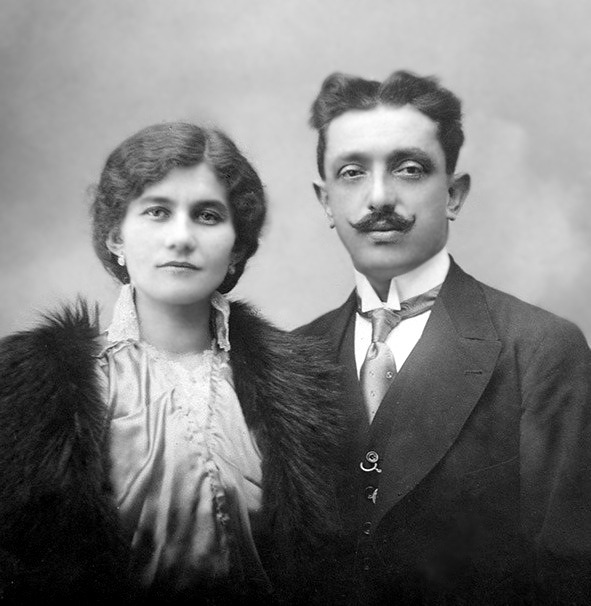
Luigino Tandura
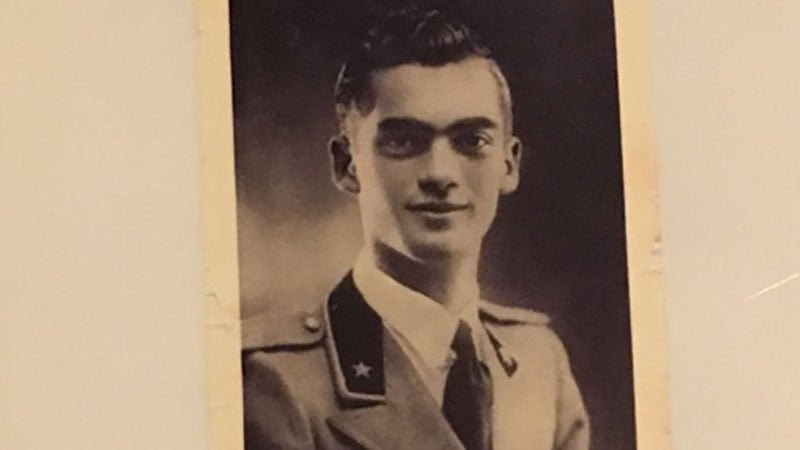
I HOPE YOU ENJOYED THIS FIRST EPISODE AND LET ME KNOW IF YOU WANT MORE